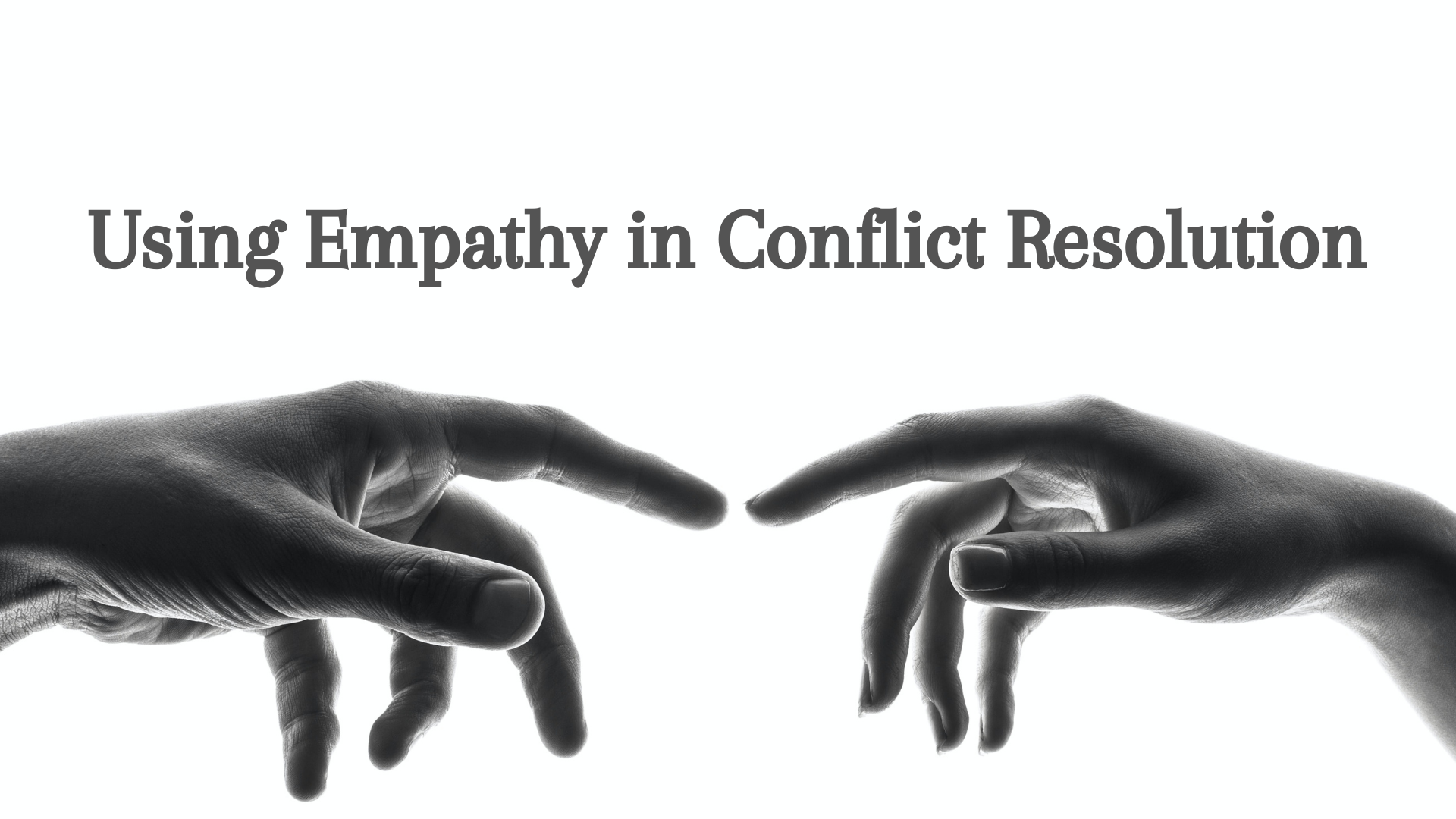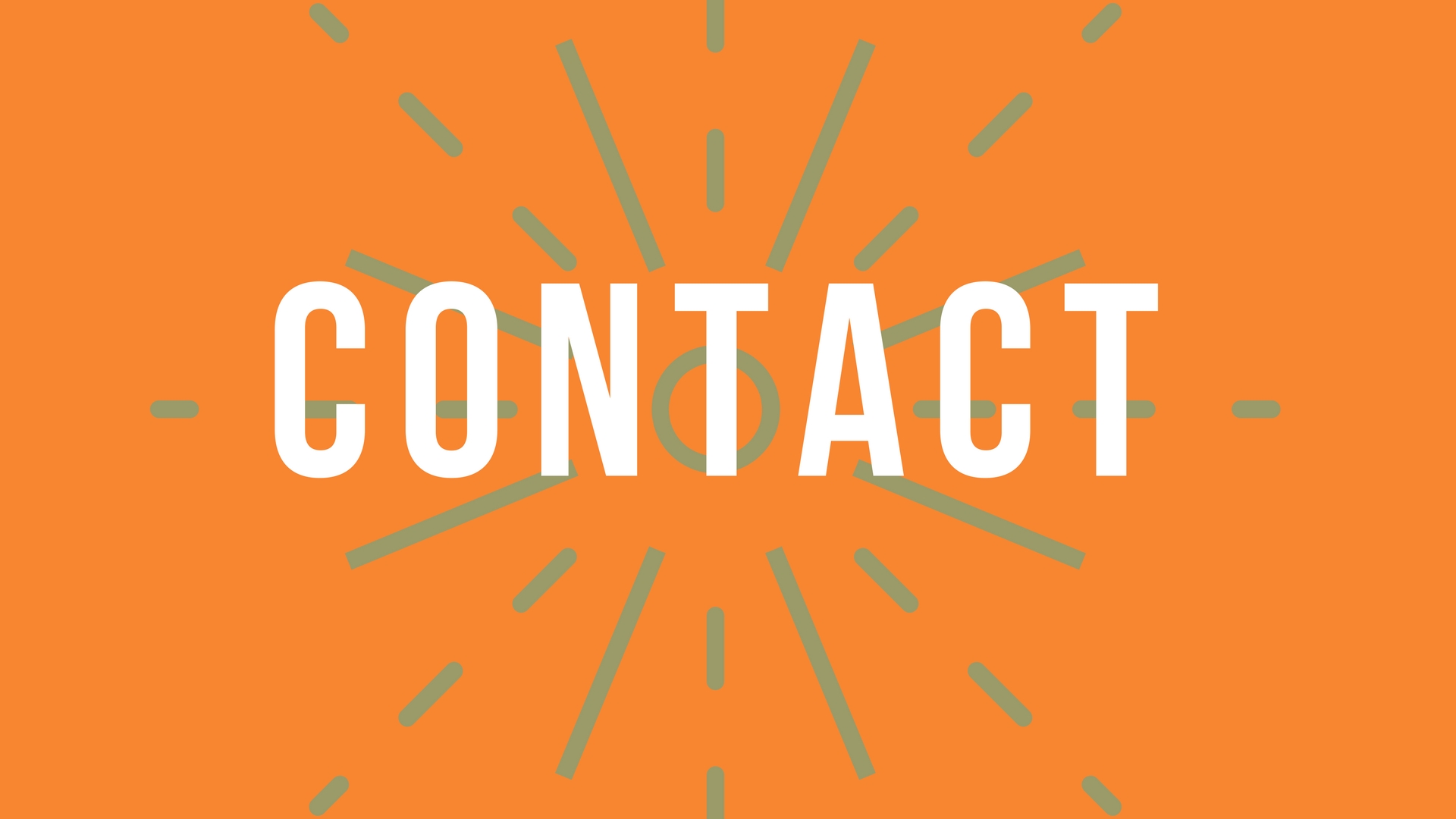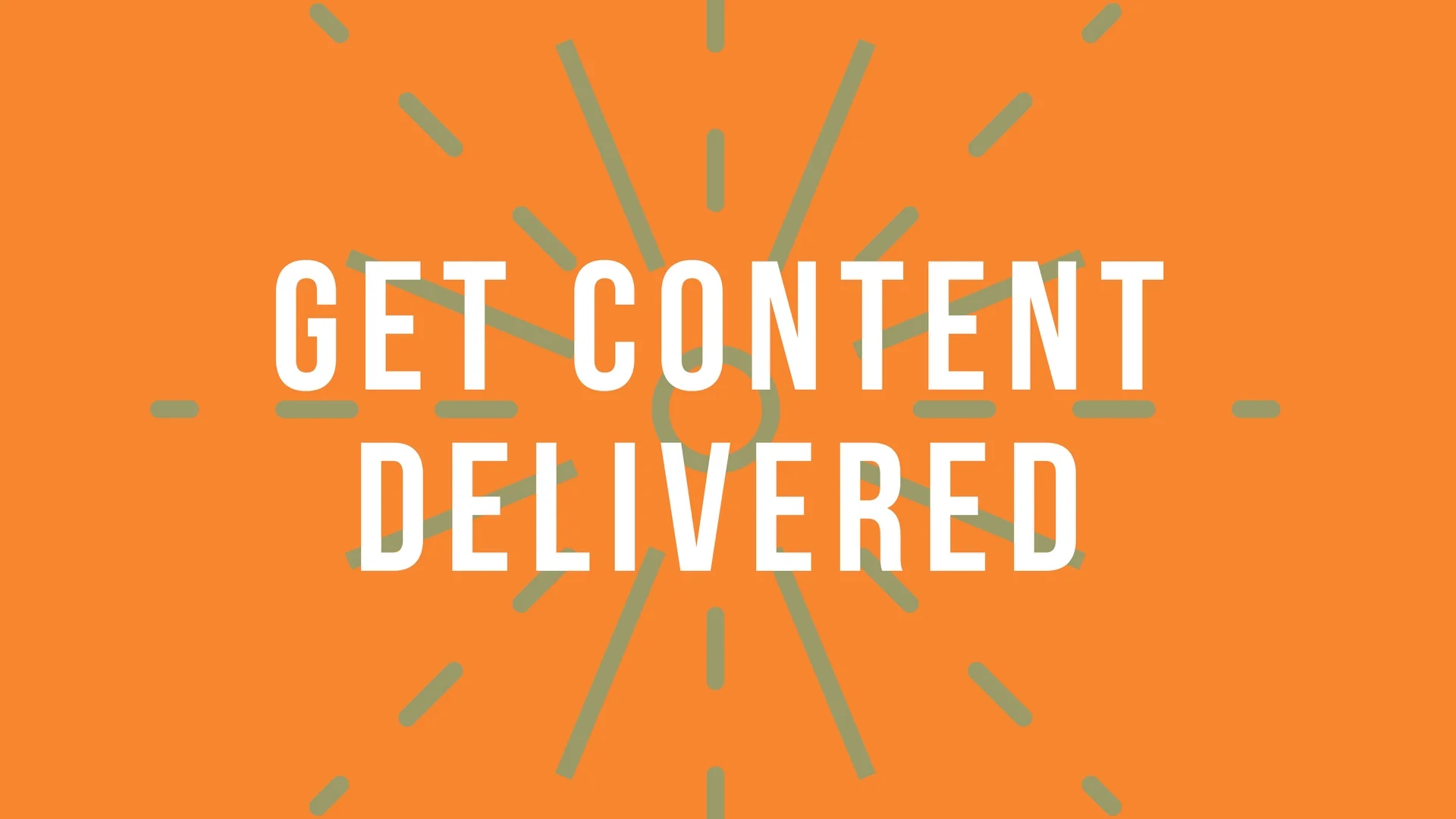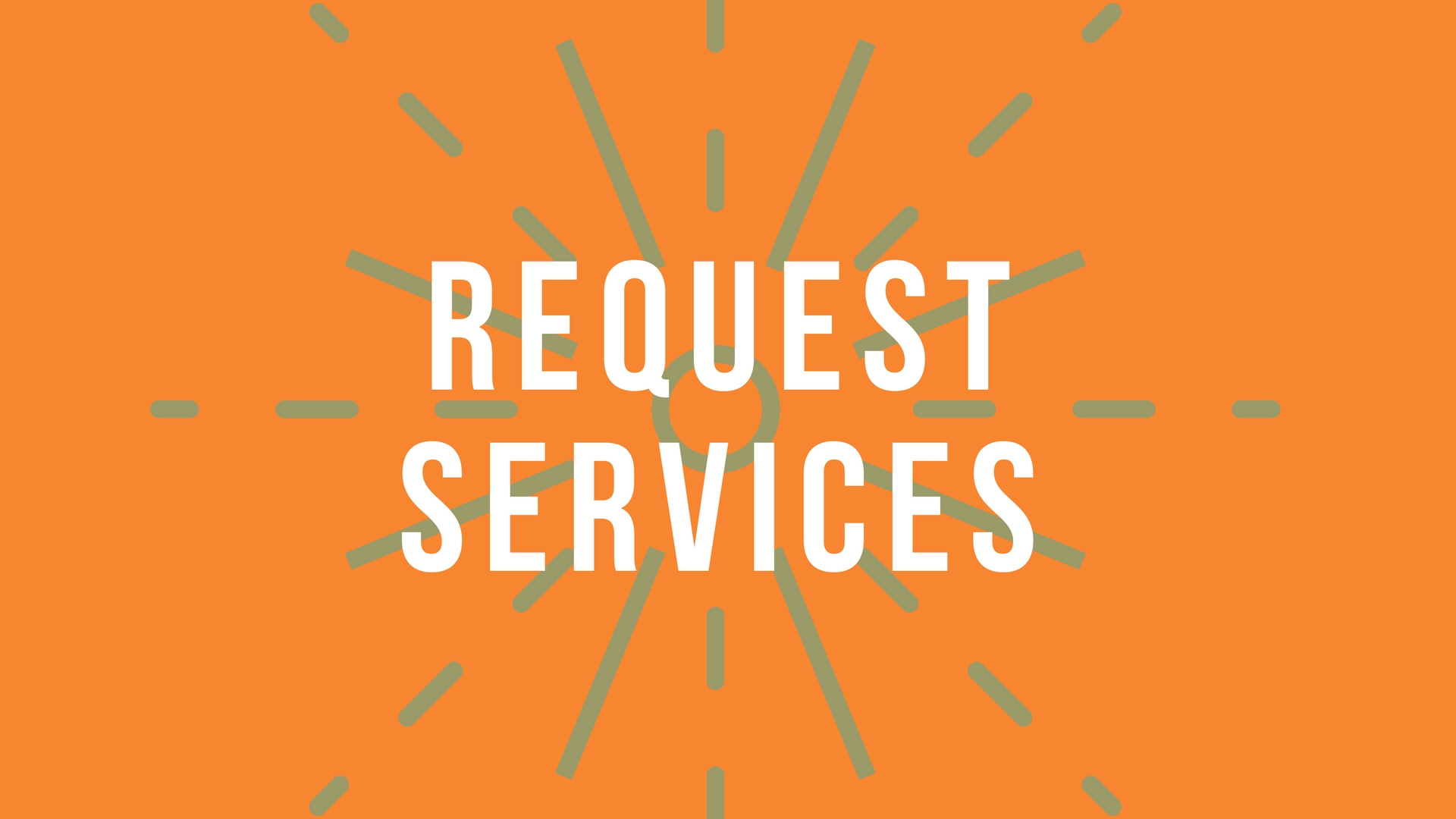Why We Resist Change
/There are actually three reasons: Disruption, Loss, & Slowness
The Desert Monks
There is a story about two ancient desert monks who had committed themselves to a vow of permanence at their monastery. Though they had pledged to stay at their monastery indefinitely, they longed to travel and explore the world that was now unobtainable.
Therefore, they came up with a plan.
Every six months they would sit and elaborately map out the details of a trip to some part of the world. Every detail was considered and they had before them the directives for how they would fulfill their wanted desire.
Once they were finished with their plan, they would return to their duties and, six months later, plan out another trip. Again and again, they continued this cycle of enjoying the excitement of potential without ever having to make it a reality. Their plan for change always stayed before them.
Part One — The Ubiquity of Resistance
Do you actually want to change? Recently, I’ve been putting out a lot of information about change. There’s the debate on if change is actually possible, the argument for change’s inevitability, four general approaches to change, and, most recently, the first real step to initiating change (“The Single Decision”).
What is fascinating is that, for many people, especially those with New Year’s resolutions, we act very similarly to the desert monks. We greatly anticipate and yearn for change and will even take that first step of envisioning, affirming, and orienting ourselves to a teleological destination. There is a certain strength to the willpower behind making the single decision to change. But willpower is not enough.
Yet, before we can grapple with what else is necessary in this difficult, enduring process, we must consider why willpower is not enough. The answer is because we are very resistant to change. In the stages of change, one of the biggest guidelines is to be aware of your obstacles and, as we consider our desire for change against our lack of propensity to actually make the changes, we would do well to recognize the obstacles of resistance that lie in our way.
In the Christian tradition, there is a story about a man who had been lame for the majority of his life. He sat by a pool of water that was supposedly capable of offering healing to anyone who entered. Every day this man would lay by the pool, waiting for the waters to turn so he could be healed. Yet, every time the waters began to move, he was never fast enough to get into those waters before the opportunity vanished.
One day, Jesus — this Messianic figure — approaches the lame man. The assumption was that such a Messianic figure had the possibility of giving material and physical healing so the man tells Jesus his story of how he can never quite make it into the waters and wonders if Jesus would just heal him. To which Jesus responds with a rather poignant and challenging question:
“Do you want to be healed?”
Because there’s a chance he doesn’t.
Which is a common motif in the Hebrew scriptures; most notably when Israel is wandering through the wilderness after being liberated from Egypt. They ask to go back. Because Egypt, even though they were oppressed slaves, is where they had familiarity. They would rather be slaves with familiarity than free with uncertainty.
As we consider the obstacles of change and why willpower and affirmation and teleological vision is not enough, we must begin by simply acknowledging a general human predicament toward change:
We don’t like it.
From the first film of a train rolling down tracks that caused the theater to empty; to the first use of instant replay where scores of viewers called the network during the game confused as to how the same team kept scoring over and over again on what appeared to be the same play; to the supposed riot after Stravinsky’s “Rite of Spring” was performed for the first time — there seems to be a deep-seated human propensity to resist change.
Change is natural, but we also naturally resist it.
Why?
Well, there are actually three reasons and, if we are going to mitigate these obstacles, we might what to understand what they are.
Reason #1 — Change is Disruptive
Let’s begin with some sociology. There are two dominant drives that determine human behavior: Predictability and stability. Humans tend to be naturally conservative with their behavior because we search for order and coherence and familiarity. This is not a critique. The human condition has been one of survival. If you are trying to stay alive, maintain your tribe, and continue your genetic line, uncertainty and chaos aren’t helpful. We are hardwired to be safe and secure.
We fear the unknown.
We prefer charted territory to the uncharted.
There is a biological case to be made here, as well. I am not a cognitive psychiatrist or neuroscientist so forgive me on my layman’s description, but the brain is composed of roughly three concentric circles (sometimes referred to as the Triune Brain). Each circle contains various parts that make you a human being and they increase with complexity as they extend outwards.
The outermost part of the brain, the neo-cortex, provides the ability to rationally think, attribute meaning, and undergo complex decision-making processes. Only the most intelligent creatures have this and, of course, humans have the most intricate version.
The middle, which includes the limbic system, is predominantly mammalian and is often associated with emotion, care, action, and interdependent connection.
Then you have the central part of the brain — the thalamus and, for those of you familiar with Waterboy, the medulla oblongata — which could be called the reptilian portion of your brain because even lizards have this. Your involuntary processes and the natural responses of fight or flight and adrenaline exist here. This is the part of your brain that presumes survival.
In other words, you have a part of your brain that compels you to safely stay alive and pursue as much predictability and stability as possible. Why do we set up systems, methods, norms, values, and procedures to make survival easier (which, by the way, this conglomeration it what creates culture)? Because familiarity helps us mitigate uncertainty. Someone setting out to change those established scripts is messing with our boxes.
Marshall Scott Poole describes a theory that helps explain how this emerges in daily life called “Structural Adaptation Theory.” Essentially, culture collectively searches for predictability and stability to ensure our survival. We produce structures and social systems (i.e., scripts) to make living easier. However, in the very act of creating a structure, we change the landscape of reality and, then, have to create new norms, rules, systems, and structures to compensate.
Take the internet for example. It was created to simplify and speed up communication. It gave a structure. Yet, at its very origin, it created a whole new world of uncertainty that led to the creation of new structures. The cycle, according to Poole, goes on and on indefinitely. This is why culture is always changing.
Another example would be Urie Brofenbrenner’s Bio-Ecological Systems Theory (sometimes referred to as the Babushka theory). Brofenbrenner was a child psychiatrist seeking to explain human development and how humans socially exist and he claimed that one’s environment exists in a series of layers.
You have the micro-system — your day to day life which includes interactions with those close to you and is comprised of the experiences with family, friends, and yourself. Then you have the meso-system — which is relationships between two or more micro-systems such as a community, a team, work, or larger groups. Third is the exo-system — the places and groups that aren’t directly a part of our lives, but affect us. We don’t necessarily directly interact with these groups and organizations, but we are influenced by them. Smaller forms of government are a good example.
Then there is the macro-system — which is general culture. To Brofenbrenner, he claimed this was the most powerful because it creates the norms that dictate your life even though you didn’t come up with them. A macro-system is the water we swim in and just assume this is how it is. He called them scripts. We live by scripts and don’t even consider them and, possibly, aren’t even aware of them even though we are subject to them.
Essentially, there is a script we live by that makes life easier and becomes the default. Messing with a script in a culture that depends on the script for predictability and stability is an act of treason. Yet, the script is also being constantly changed by the existence of the script itself and if we try to resume a previous script on a new landscape, there will be a bit of whiplash.
Creativity scholar Edward de Bono calls this a “Self-Maximizing System” which is comparable to a river. A river is formed by water following the laws of gravity to find the lowest spot. As water continues to follow the path formed by water before it, the landscape actually curves to its presence and carves through the sediment which then becomes the means that all future water will follow — because it is the fastest way to the lowest spot on earth. Like digging one hole as deep as you can, we are more willing to stay in the familiar than move outside of the current norm or begin a new hole on another part of the landscape.
When the script is working, all of this is fine. When the script is not working or it is causing problems or the evolving scripts continue to create whiplash, self-maximizing systems will only further enhance the very problems we are attempting to solve.
Only by being aware of the scripts and macro-systems and self-maximizing systems that define and determine our existence and provide predictability and stability will we be able to imagine new scripts.
Change might be necessary and inevitable — even with our assumed, default scripts — but when it comes to change, we have to see that changing a script is a confrontation of our innate reluctance and fear of the unknown that even our brain is skeptical of.
That’s the first reason we resist change. It’s not a moral critique, it is a natural property of human existence cemented in our consciousness over the course of millennia.
We resist change because it is uncertain, stressful, and goes against our very nature.
We resist change because it disrupts our scripts.
Reason #2 — Change is a Loss
What about when the script isn’t working; when the current state of someone’s life or the world is clearly destructive? If we wanted predictability and stability, wouldn’t we be more inclined to change in situations like this? Why do we resist change even in situations of unhealth or harm?
When I was in second grade my family moved. It was just to the other side of town, but I experienced something that I, at that age, did not have words for. Throughout the day, trailer-load after trailer-load made off with everything we owned. There was a constant packing, carrying, and unloading and, as the day reached dusk, the house was finally empty. My mother and I stayed behind to gather any last items making to escape their inevitable departure. Once the house was fully cleaned, we walked outside, locked the door for the last time, and began walking to our car.
The driveway of that house ran directly next to the building and stretched from the road to a garage sitting off behind our home. As I got to the front of the house, with a luminous purple summer sky, I had this inclination to stop. My mother kept walking and as she turned, wondering where I was, her eyes caught mine and, for a reason unbeknownst to me, I began to cry.
Why does a second grader cry in the middle of the driveway?
Here is something to consider — what happens when a new species inhabits an ecosystem. For a certain duration of time, a biosphere contains particular creatures and plants which form a common identity in a particular place. There is a food chain, symbiotic relationships, and a life cycle that defines how that ecosystem works. When you insert an invasive species — an unfamiliar creature from the outside migrates in — it does not just add itself to the existing ecosystem. The new species changes the entire reality of how that ecosystem will now work.
For us human beings, the homogenous state is ideal. We have a certain semblance of control and consistency which makes the territory of life easier to navigate. Yet, as with the norms and patterns of the script in search of predictability and stability, our pursuit of this homogenous state creates new realities. But it does not just add a new dynamic, it completely changes the very composition of our ecosystem. The cycle continues.
When you take on a new habit or learn new information or move to a new neighborhood or have a new baby or experience a leadership change, they result in a completely different existence like a new species entering an ecosystem.
The new thing is not simply added.
What this means is that the old thing, then, is now gone.
Any change shifts the world and things simply will not be the same. Even good change is still a loss. The familiarity of the old, therefore, might keep us from changing even in a way we would deem positive. What we know is what we have. Losing that is scary as hell.
Even as a second-grader, I knew something was over. I could feel it in my bones. I knew that this change, even though it was full of potential goodness, was a loss.
And this often keeps us from changing; because we yearn for how it used to be. The familiar is easy and known. We don’t want that disrupted, but we also don’t want to lose it. Change is like a new species invading our ecosystem and reconfiguring our known world is a daunting task. The familiar is easy and known. We don’t want that disrupted, but we also fear losing it.
So, we resist it.
We resist change because change is a loss.
Reason #3 — Change is Slow
Imagine building a gothic cathedral. The plans take years to get architecturally correct. Then, you begin. What I find fascinating about those old cathedrals is that the people who began the project, the ones who set the first stones in the ground, knew they would not live to see its completion.
Building a cathedral would have been a long, arduous, complex process.
Building a cathedral, as it goes, is a bit like change.
We want a new vision or a hoped-for possibility to happen all at once. When we see a messy room — after we’ve processed any potential disruption and loss — we have such ardent vigor of cleaning it. Yet, once we plow our hands into the chaos, the task becomes overwhelmingly enormous. Cleaning a room requires going on bit at a time and, the bigger the mess, the more complicated the process. You can’t deal with the whole mess at once. Neither can you with change.
Because change is hard and it happens slowly.
You want to change the world? You want to transform your life? You want to heal your relationships or bring change to your community? It won’t happen all at once because change is a process. It’s less like a magic show and more like a cliff being carved out by the repeated crashing of waves over centuries. Changing your life and the world is comparable to the erosion of the Grand Canyon.
Anne Lamott has a wonderful quote:
“Grace is not a run and it usually isn’t even a walk. Often, grace is simply a slow scooch across the floor.”
Alfredo Jaar, 2015. Toledo Museum of Art.
That’s what change is like. It is a discouragingly slow, grueling, unromantic process.
There is an art piece at my local museum called “The Enormity of the Possible” by Alfredo Jaar from Chile. It sits back in a darkened corner so as to illuminate its medium of glowing light. There is a fascinating experience when you stand and look at it. Covered in darkness, a gloomy misnomer of hopelessness stands this possibility of light that articulates the very feeling it gives you: “Be afraid of the enormity of the possible.”
Seeing the end goal, the destination, is easy. Making the single decision and having the willpower to stare into possibility is easy. If we are honest, however, it is enormous. When we actually travel toward that destination through the slog of time we find that traversing the landscape of change screams for us to turn back. As a result, our response is often to stay in the mess rather than cleaning it.
We resist change because it would just be easier not to.
We resist change because it is difficult and dauntingly slow.
Change is the enormity of the possible.
Do you want to be healed? Do you want to change? Just know that you are up against great resistance; a difficult, uncomfortable, slow process with our propensity for the familiar and our fear of loss creates a cocktail of resistance that will not be overcome by willpower alone.
We would rather hold onto a seed than burying it in uncertainty. We would rather tightly grip the ground under our feet than venture into uncharted territory.
Like a ship stuck in gravitational orbit, we resist change.
But breaking orbit begins by knowing what is holding us where we are. Once we’ve acknowledged our inherent obstacles, we are now better prepared to embark on the journey.
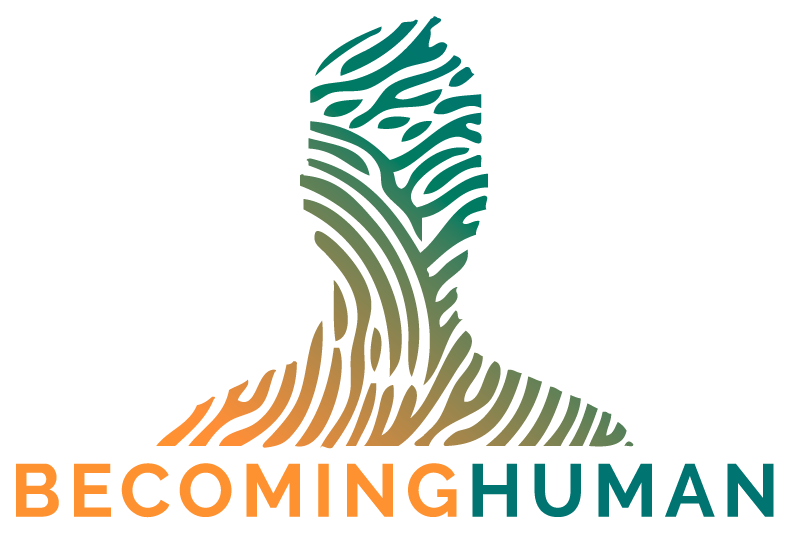











![Three Reasons We're Lonely - [And Three Responses For Being Less So]](https://images.squarespace-cdn.com/content/v1/5963d280893fc02db1b9a659/1651234022075-7WEKZ2LGDVCR7IM74KE2/Loneliness+3+update+%283%29.png)




















